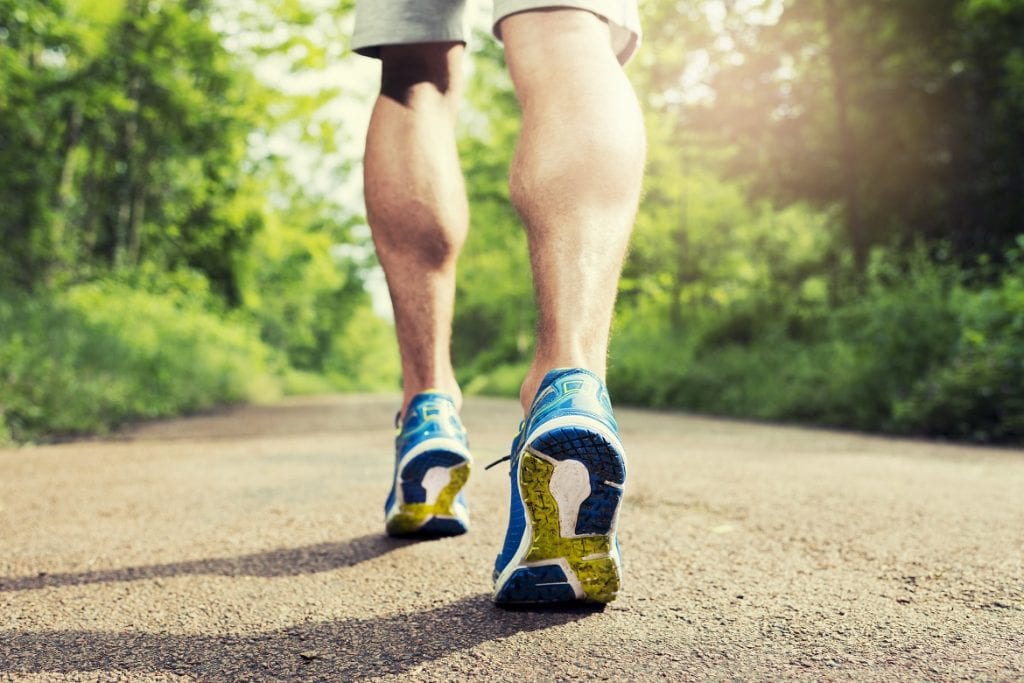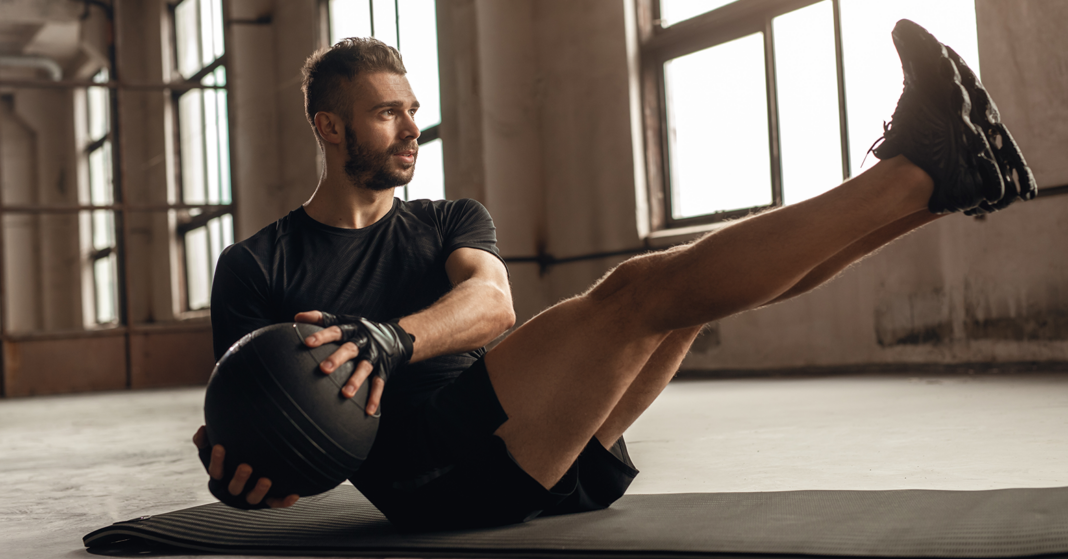How to Get Bigger Calves For Skinny Legs
Whether you are running uphill or standing, your calves work to support your body. They also stabilize your ankles and help you do movements like jumping, running, turning, and bending.
But it can be challenging to increase the size of your calf muscles, as it is considered the most stubborn muscle group in the body.
SOME CAUSES OF SKINNY LEGS
- GENETICS:While there isn’t any hard evidence, it is widely accepted that genetics are usually the leading cause of small calves. Many people report having calves that are similar in size to their relatives. Furthermore, some say their families have big calves, even though they don’t purposely work their lower legs.
- AGE: Age is another factor. As you get older, your muscles tend to decrease. This muscle loss, called sarcopenia, also affects the legs. Research has shown that, in general, people over 50 lose one percent of lean leg muscle mass every year.
- LOW BODY WEIGHT: Low body weight might also contribute to small calves; usually, the less you weigh, the less your claves have to support.
CALF MUSCLES
- THE GASTROCNEMIUS: This is the muscle most people think about when it comes to calves. It’s the most visible one in the lower leg when you stand up on your toes, make a jump shot, play hoops, or grind your way through a set of standing calf raises.
- THE SOLEUS: This muscle is located just below the gastrocnemius, at the back of the calf. It helps carry the load when you stand up from a chair or rise from a barbell squat to standing.
- THE TIBIALIS ANTERIOR: Runners possibly pay more attention to the tibialis anterior because it’s the primary muscle in the calf that helps you walk or run up a hill. It’s located near the front outer side of the calf.
HOW TO MAKE YOUR CALVES BIGGER
If you have always wondered how to get bigger calves, one of how you can do that is if you hold and squeeze your calf muscles at the top of every repetition; a full contraction and release of the muscles complete the rep.
But holding and squeezing, instead of immediately releasing, works your muscle fibers harder and, over time, gives you a set of more muscular and bigger calves.
- GET THE FULL CALF CONTRACTION: It is crucial to ensure you fully contract your calf muscles in every exercise and rep for the best results. For example, when doing a calf raise, you will want to contract your calf muscles until you are on your toes to maximize the full range motion. You should be able to feel your calf go from relaxed to fully contracted in every rep you do.
- ADJUST FOOT PLACEMENT WITH DIFFERENT ANGLES: In the same vein of adjusting the angle of bicep curls to target different areas of the bicep, you should also do raises with varying foot placements. Try turning your feet in and out, standing with your feet far apart. Placing your feet at different angles will use all areas of your calf muscles and lead to more significant muscle gains.
- MIX REP RANGES: Doing the same workout can be ineffective once your muscles become accustomed to performing the same exercise, so it is important to switch things up. Start with heavy weights and low reps and move to lighter ones with higher reps. This will stimulate your muscle fibers and lead to better muscle growth.
- TRAIN CALVES THREE TO FOUR TIMES PER WEEK WITH FOUR TO SIX SETS FOR EACH WORKOUT: Instead of only working on your calves on the day you do your leg exercise, start working in your calf exercises into other workouts for maximum growth.
- GO BAREFOOT: Working out barefoot is more effective than you think. It can help target muscles in your calves and your shins and lower legs, which help stabilize your body and absorb shock. Make sure to slowly work your way to training barefoot because jumping right away could injure your legs and make you take a day off from exercising.
EXERCISES TO MAKE YOUR CALVES BIGGER
Although you can’t control certain factors like genetics and age, there are steps you can take to strengthen and build your calves. It’s easy to think of your calves as stubborn; for most people, that’s not just so.
In most cases, making gains to improve calf size and strength requires a different training approach. The following exercises can help to challenge your calf muscles.
They involve raising your heels against your body weight or stretchy resistance. This exercise works both for your calves and ankles.
SITTING:
- Sit on the floor with your legs straight ahead and straighten your back.
- Put a resistance band around the balls of your feet and hold the ends tightly.
- Flex your feet upward and then forward without moving your knees or lifting your feet off the floor
- Perform two to three sets of ten to fifteen reps.
STANDING CALF RAISE:
- Stand erect with your feet shoulder-width apart. Hold your weights at your sides, keep your shoulders relaxed, and your knees slightly bent.
- Raise your heels off the floor while keeping your core tight and your shoulders back.
- Pause at the top and bring your heels back down to the ground.
- Do two to three sets of fifteen repetitions. You can use a lighter or heavier weight, or if you prefer, you can do the exercise without any weights.
PLIÉ SQUAT WITH HEEL RAISE:
- Start in a wide stance, and feet turned outward. Hold two dumbbells in front of your shoulders, palms facing inward.
- Raise your left heel off the floor, keeping your right foot flat.
- Without moving your heels or arms, bend your knees and lower your body until your thighs are parallel with the floor. Pause, then return to the starting position.
- Complete ten to fifteen repetitions. Switch side and repeat.
OTHER WAYS TO INCREASE CALF SIZE
You can also try doing the following activities to help strengthen and build your calves:
- SPRINTING: Powerful bursts of sprinting will challenge your calf muscles.
- UPHILL WALKING: When you walk, or on an incline, your calves work against more resistance.
- JUMPING ROPE: Jumping rope can help to strengthen and tone your calves while also boosting your cardio fitness.
Many people have a hard time escalating the size of their calves. This is usually due to genetics, age, and body weight.
To build your calves focus on exercises that exclusively challenge your calf muscles. By forcing these muscles to work against resistance, you may find that you can tone, strengthen and increase the size of your calves.
Calves are like any other part of your body that need time and exercise. If you are a beginner, seek every opportunity to move, so that little calf movement adds up to the overall approach of your weight loss program.
The critical thing to remember is that calves need a lot of training and intensity, like biceps, squats, and chests. Do not neglect them at any cost because they grow much slower.




